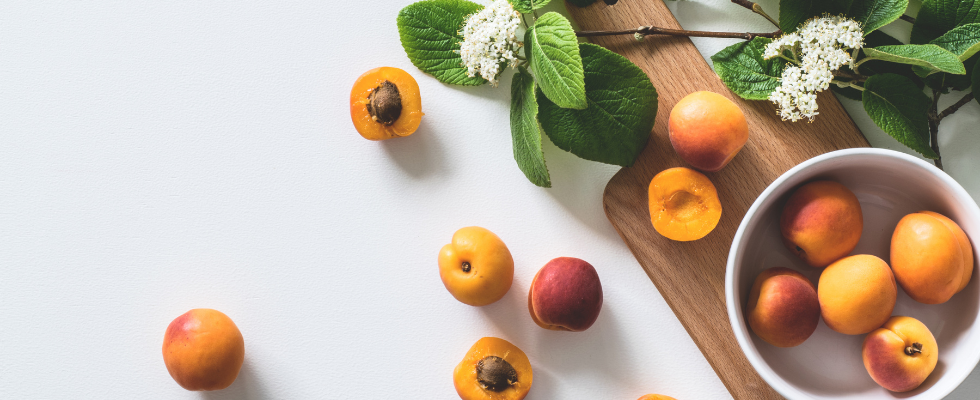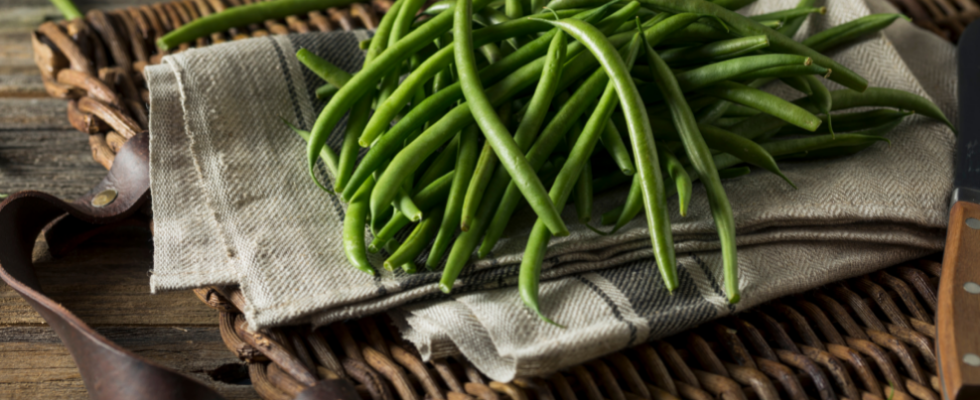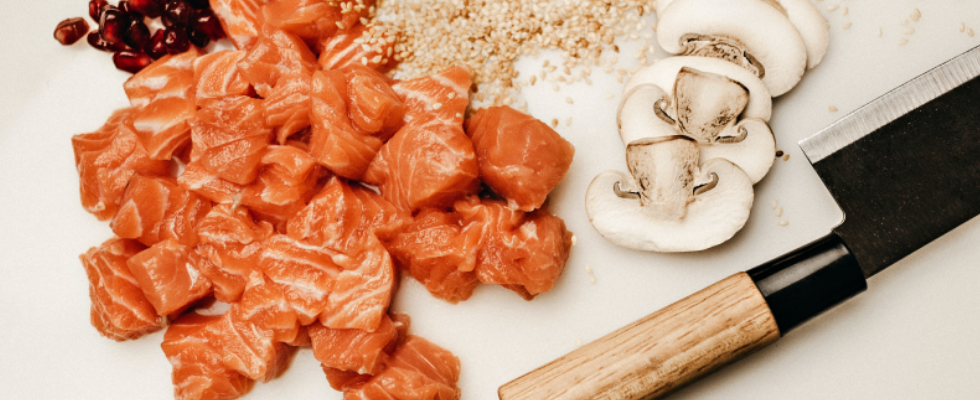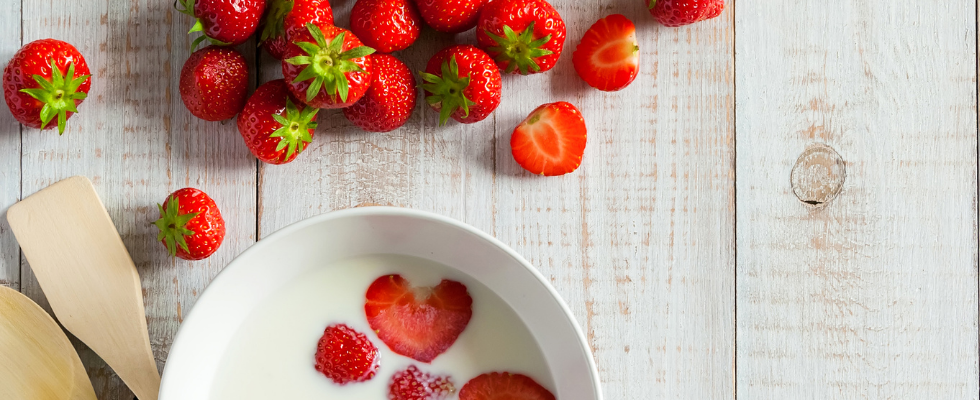When should you start weaning your baby onto solids?
It all begins during your pregnancy…
Pregnancy
A scientific study has proven that sensory weaning begins in the womb, at the end of the first semester of pregnancy. This is due to the flavour of the amniotic fluid (sometimes tasted and swallowed by the baby) as well as the mineral salts, nutrients and vitamins that feed the unborn baby via the umbilical cord.
So eating different fruit and vegetables from the 7th month of your pregnancy may help your baby develop a taste for them! Steam-cook food where possible, as this preserves the nutrients, vitamins and mineral salts. Short on recipe ideas? Look no further.

Up to around 6 months, alongside weaning onto solids
Baby milk and breast milk contain all the essential nutrients your baby needs to grow.
Weaning onto solids, 4 months to 6 months
Looking to add cereals into their baby milk or breast milk bottle? Try to choose baby cereals which have no added sugar and are gluten-free, as little ones cannot digest gluten at this age. Nutritionists do not recommend adding cereal to every bottle, to reduce the risk of obesity. Especially since, as we mentioned above, baby milk and breast milk contain all the nutrients your baby needs to develop.
So what’s the point in introducing cereals at this age?
They help your little one get used to a new, thicker texture which is similar to purées!
- Gradually introduce purées and compotes, as recommended by a doctor, paediatrician* or nutritionist.
*Your paediatrician may recommend delaying the introduction of certain foods such as red fruits, eggs and fish. It’s always best to check with them first and follow their specific recommendations for your child.
- If you establish your child has a food allergy, make a note of it then seek advice.
Tip: to introduce your little one to different flavours and start getting them used to the bitter taste of vegetables, gradually add a little cooking juice from your vegetables to your baby’s bottle.

Weaning onto solids 6 months to 9 months
Gradually introduce proteins (white meat initially, followed by fish and eggs) alongside vegetable purées. If you’re not sure, ask your paediatrician, doctor or nutritionist* for advice.
From 9 months to 12 months
First teeth starting to come through? Give them purées with the addition of soft pieces of meat or fish cut into small dice. To make the transition even smoother, make a soft purée by adding a little vegetable cooking juice. The Nutribaby(+) steam cooker ensures you retain all the flavours in foods, as well as their nutrients, antioxidants and minerals. Tip: to make it easier to introduce animal proteins (meat and fish), blend them with potato (for a savoury flavour) or apple (for a sweet flavour).

From 12 months to 18 months
Treat your baby to a varied range of tastes and textures! Anything goes when it comes to different tastes, colours, textures, presentation on the plate, flavours… try milkshakes, savoury tartlets, purées shaped like a clown’s face…
- It’s all about taste, taste, and more taste! When steam cooking in the Nutribaby(+), add herbs to your vegetables for extra flavour. Blend with the cooking juice from other vegetables.
- Colour is king! Carrot orange, egg yellow, prawn pink, chicken white, broccoli/bean green, cabbage/aubergine purple… make your baby’s food look visually appealing.
- Fun shapes! When serving your child’s food on their plate, create a clown’s face in under a minute. Let your imagination run wild and make baby smile! You can also go for a special weaning cookery kit to help you have fun with different shapes and textures on their plate.
Over 18 months
At this age, your child almost eats like an adult! The only difference is the quantity required to suit their nutritional needs. Avoid adding salt and sugar for as long as possible as they mask the flavours of the foods.



 EN
EN FR
FR NL
NL DE
DE ES
ES